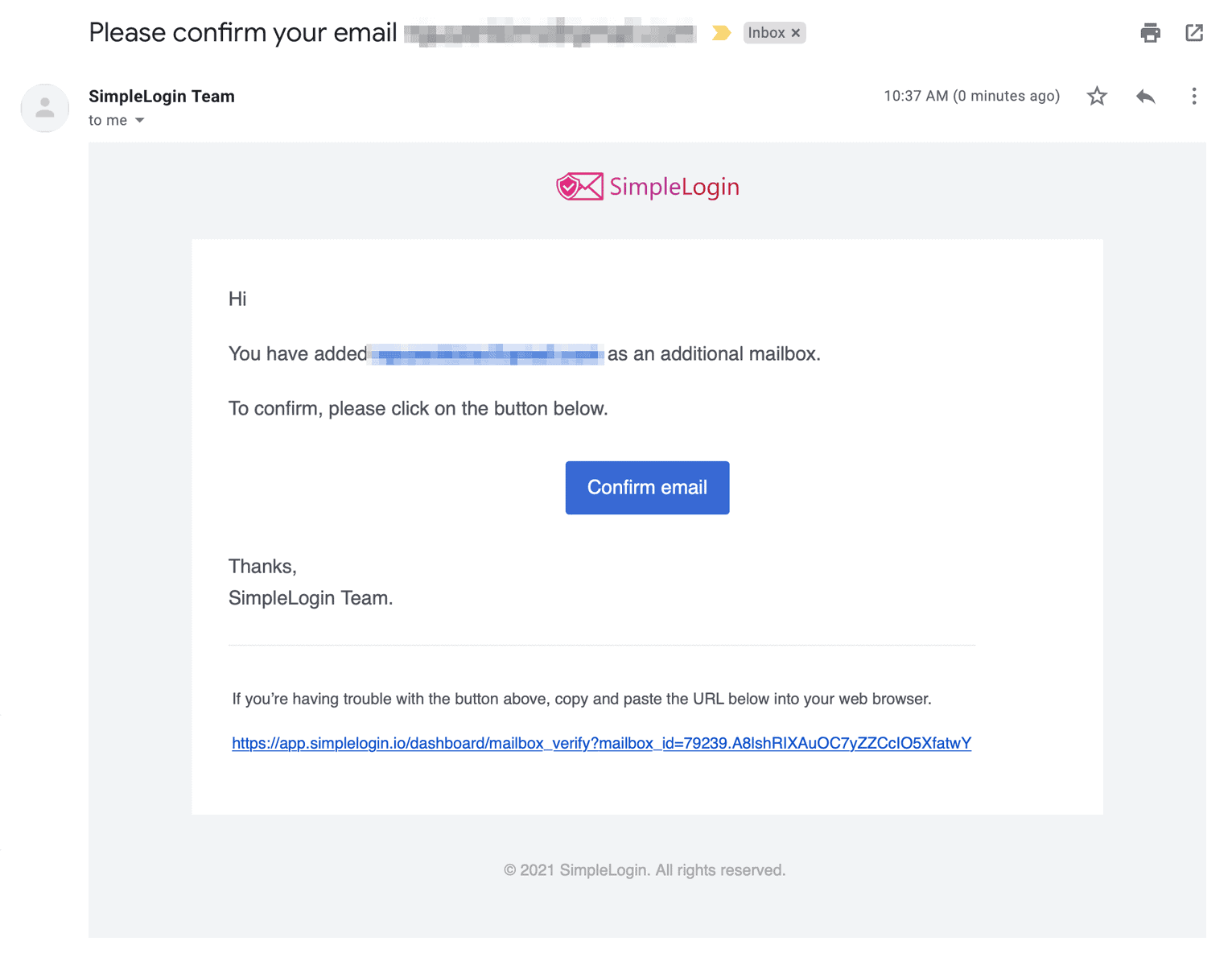How to convert any newsletter into a personal RSS feed?

In a world dominated by algorithmic content, RSS feeds offer a way to reclaim control over your digital consumption. In this blog post, I highlight a smart solution to newsletter clutter using open-source tools, Kill The Newsletter and SimpleLogin, to transform emails into RSS feeds. This setup keeps inboxes clean while ensuring access to valuable content, making it a practical method for achieving inbox zero and combating digital overwhelm.
What is RSS, and why does it matter?
The RSS (RDF Site Summary or Really Simple Syndication) is a popular web standard that works as a content feed. Initially built in 1999, it became widely adopted on blogs, when they were dominating the web in the 2000s. Even Facebook and Twitter used to support RSS.
Currently, RSS as an open format is still in use, but doesn’t dominate the market. Instead, each social media or other content network maximizes engagement with their black box algorithm. It means that, as a user, I have less control what is presented to me.
That’s precisely the reason I still want to have an option to subscribe to blogs or other sites via RSS. Some creators, writers and other sources are important to me. I intend to see every new piece they release.
If a site doesn’t offer an RSS feed, I’ll reluctantly subscribe to their newsletter. But thanks to the open-source automation laid down in this post, I won’t see the newsletter in my inbox.

Why don’t I receive newsletters in my inbox?
Email inbox is my to-do list that anyone can fill. The less time I spend managing such a list, the more freedom I have to build projects I care about. That’s why I rely heavily on email filters.
Theoretically, I could set a filter to move all newsletters to one folder and read them once a month. I tried, and it doesn’t work for me. Moreover, newsletters contain images and HTML code, that takes a lot of storage.
The other point is that I consider email communication as a vital channel. I only want to deal with the few daily messages that actually matter. Newsletters are informative or entertaining, but definitely they’re not urgent and important.
Therefore, to keep my inbox zero habit, I channel all newsletters to my RSS Reader.
RSS Readers
Since I started using the Internet, I’ve been learning a lot from people who log their thoughts in chronologically ordered web articles. It’s a blog, from a web log. Now every creator, company, brand, and their dog, publish updates in such a way.
Whether, they use the name “blog” is irrelevant. What’s crucial is that you can combine your favorite sources into an RSS Reader. That’s any app that allows you to subscribe to RSS feeds and display them in a uniform list.
I was an avid user of Google Reader, as it allowed to subscribe, organize, share and comment on any number of sources. Until it was shutdown by Google, as many of their other projects.
Like many others, I transitioned to Feedly, and even paid for the premium plan. Additionally, I tested the well-designed Reeder app, and free open-source alternatives: Vienna and Thunderbird.
Currently, I use Brave News, the RSS feature built into Brave browser, and I’m pleased with the simplicity. No notifications, unread counters, and storage to manage. Just a simple scroll down to see excerpts of all my favorite sources.
RSS in podcasts, YouTube and elsewhere
Besides blogs and news outlets, the RSS is a fundamental feature for all podcasts. Apple used to be the one indexing all the podcasts feeds and showing them in iTunes. Now the open repository is governed by Podcast Index initiative.
Even YouTube still supports it, which means that you can copy the URL of any channel and paste it into your RSS Reader. While the YouTube homepage constantly morphs due to algorithmic changes, the RSS feed allows you to keep up with every new video released by your favorite creator.
Moreover, the open standard of RSS allows you to create your own notifications based on almost any data sources. Or, in my case, treat the email newsletters, as if they were blog posts.
What is Kill The Newsletter?
Kill-the-newsletter.com is an open-source project by Leandro Facchinetti, that converts newsletter emails into individual RSS feed updates. It’s a simple, yet very effective tool. And I use it specifically to keep my email inbox lean.
Mind that Kill The Newsletter has a tagline:
Convert email newsletters into Atom feeds
RSS and Atom feeds are almost interchangeable. Most RSS Readers support both standards, so for the purpose of this post, I treat them as one thing.
How to use SimpleLogin and Kill The Newsletter in the RSS Reader?
SimpleLogin is another open-source tool that allows you to generate unique email aliases for every site or app. I use it because many newsletter subscription forms are blocking the random string generated email addresses, e.g., fbrqpi25n2bepa67ei48@kill-the-newsletter.com.
Therefore, I follow these steps:
- Create SimpleLogin alias.
- Use it to subscribe to the email newsletter.
- Create new Kill The Newsletter subscription by typing the newsletter name.
- Copy the newly generated Atom feed and paste it in your RSS Reader.
- Copy the newly generated Kill The Newsletter email address and add it to SimpleLogin as a new Mailbox.
- Go to your RSS Reader and refresh the new Atom feed. Confirm the Mailbox by clicking the link sent by SimpleLogin.
- In SimpleLogin dashboard, check specific boxes to decide if the emails should be directed only to the RSS Reader or also to your mail inbox.


I’m aware that this process may not be elegant. Yet, for me, it’s the best method to keep up with newsletters while striving for inbox zero.





Discussion